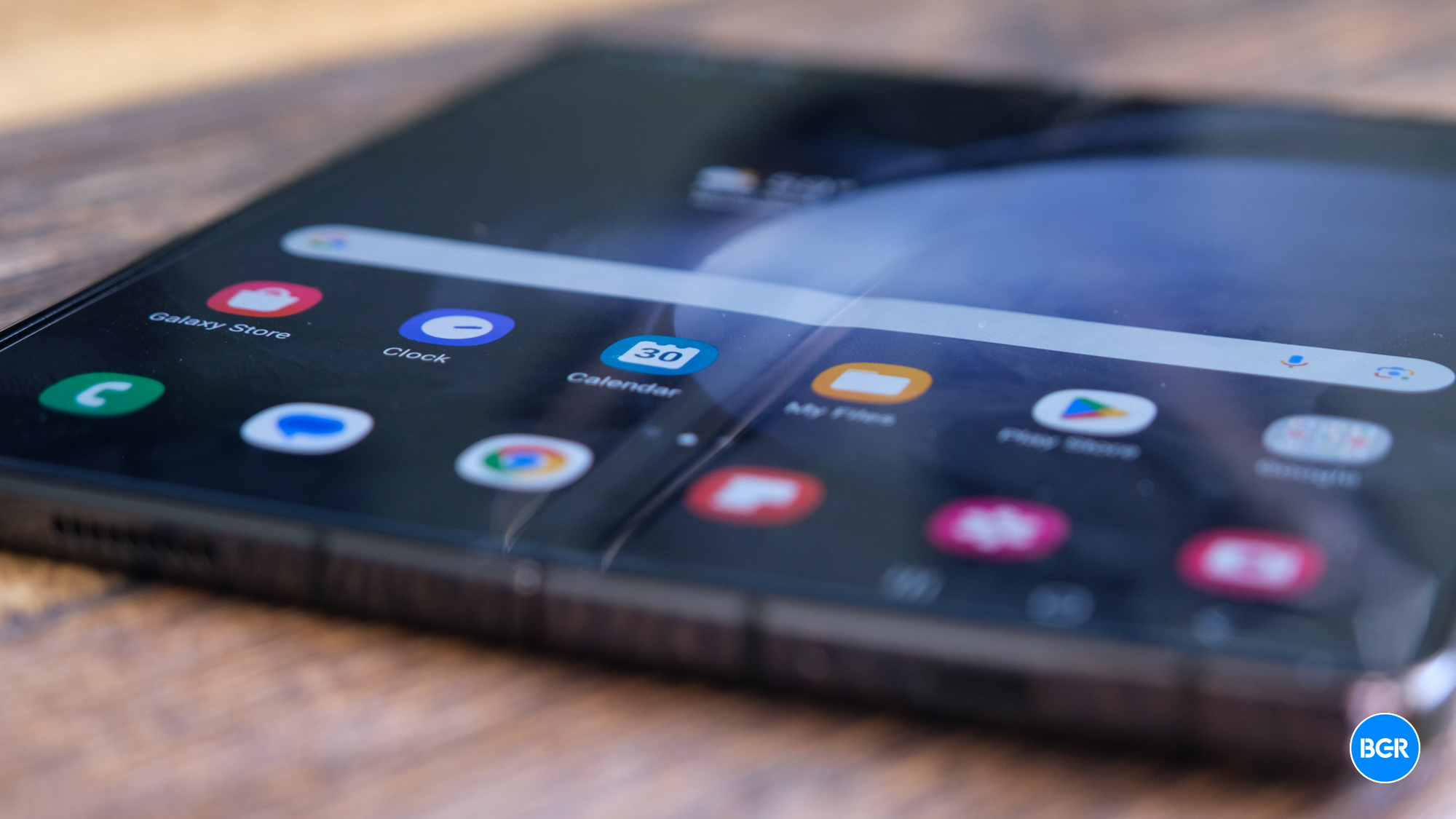Samsung is about to launch cheaper Galaxy Z Fold and Flip foldable phones this year alongside the Z Fold 6 and Z Flip 6. But Apple still doesn’t even have a first-generation foldable iPhone. That sounds like one of Samsung’s anti-Apple ads, but the fact is that Apple has a particular way of doing things. It won’t rush to market with compromised products until it thinks it’s ready to deliver its vision.
There’s still no telling whether we’ll see a foldable iPhone anytime soon. After all, some reports say Apple has paused development of a foldable iPhone, as there’s still some key tech that isn’t up to Apple’s standards.
Separately, we have plenty of reports that Apple might launch a foldable iPad or MacBook before a foldable iPhone. Apple also needs to come up with specific innovations to turn its prototypes into commercial products. A new rumor claims that Apple is indeed working on a foldable iPad, but it won’t launch it if it can’t fix one big problem that continues to impact the entire foldable market right now: The display crease.
All foldable smartphones out there have a display crease in the middle, where the hinge mechanism is positioned behind the screen. You can both see and feel it, and it’s a compromise we’ve accepted for years. It’s the only way to have foldable phones in stores right now.
The crease appears above the hinge mechanism that folds and unfolds the display. Most foldable smartphones feature ultra-thin glass covers on top of the OLED panel. The glass and OLED screen have to bend when you close and open the device without sustaining any damage.
Ideally, you’d have a perfectly flat display when a foldable device is unfolded. You wouldn’t be able to tell where the hinge is at all. That’s what we all want from a foldable device, but we could be years away from such hinge and display advancements.
Apple is working on the same problem, as Mark Gurman said in a report on Bloomberg.

Work on the foldable iPad is reportedly in the early stages. “The company has yet to figure out a way to create foldable screens without the crease seen on similar devices from Samsung Electronics Co. and others,” Gurman says. He also heard Apple might ditch the foldable iPad concept if it can’t solve the problem. But there’s time to fix it, Gurman said, indicating Apple doesn’t have a deadline.
Since so many smartphone vendors are developing foldable smartphones, the fix for the crease could come from anyone else. Samsung is one such candidate. A report last year said that fixing the crease is a top priority for Samsung Display. But they haven’t been able to figure it out. This detail surfaced in reports about Apple’s own work on foldable iPad/MacBook devices.
However, Apple will not use off-the-shelf parts for its products. It’ll develop the hinge mechanism and display according to its own needs, and suppliers will then manufacture those components. If Apple can build tech that eliminates the hinge from gadgets with foldable screens, we might see others replicate it.
Of course, all of this is speculation based on rumors. But Apple has been working on tech for foldable devices for years. Furthermore, it has influenced smartphone, tablet, and laptop design for years despite not always leading the market with new product launches.
Meanwhile, Apple will release its OLED iPad Pro models, the first tablets to rock such display tech. I’ll note that the switch from LCD to OLED is required before making any foldable iPads or MacBooks. It’s not just about the display quality. You can’t fold LCDs, but you can fold OLED panels.







